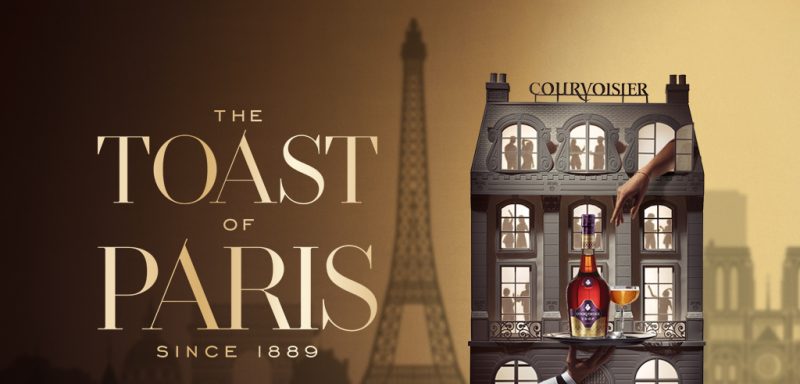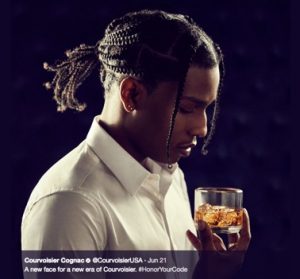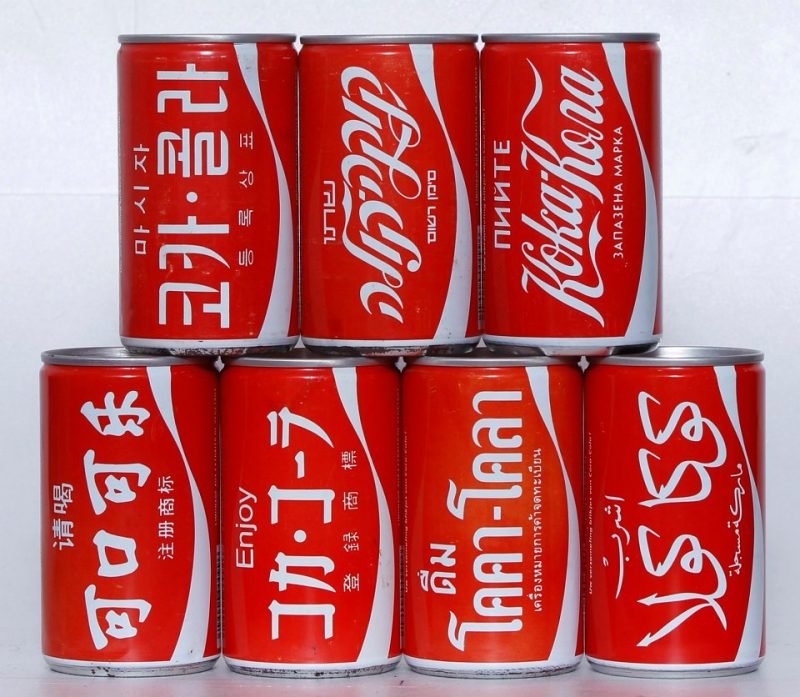Our Thoughts
Translation, Fidelity and Exoticism – Crossing Boundaries with Global Brands
The more things stay the same, the more they change
At their heart, great brands are ideas – a thought made real in the material goods of consumer culture.
But ideas are fragile things.
How can brand guardians ensure fidelity to a central idea as it is rendered in a visual identity, TVC’s and irreverent social media posts?
Fidelity is the quality of faithfulness in translation, the degree to which a translation “stays true” to the meaning of a source text. Fidelity is difficult to achieve.
Consider the example of a production of Shakespeare’s Hamlet: the original text, performed at a restored globe theatre, and in full period dress. It is hard to imagine a more faithful Shakespeare production than this, and as such the performance would seem to have a high degree of fidelity to the original meaning of the text.
Meaning, however, emerges not only from words on a page, costumes, and performances. It emerges from the interaction between these and their surrounding cultural contexts.
To hear the language of Shakespeare in contemporary culture is unusual. Words and phrases that might once have signified a character’s class status have since been universally washed with perceptions of being “fancy” and “Shakespearian”. Contemporary Shakespeare sits in a space of ‘high culture’, divorced from mass appeal and associated with florid language and verbose metaphor.
The passage of time has displaced the original Shakespearean texts from their cultural moorings, such that the modern slang inflections of “Hamlet the Hip Hopera”, or Ken Nordine’s word jazz infused “Hamlet does the Blues”, might represent a more faithful recreation of the original Shakespearean audience’s meaningful experience (depending on the viewer’s individual cultural background).
The distortion of meaning that occurs when a text (or brand, or advert…) is removed from its original cultural context is known as “exoticising translation”. Enduring global brands are particularly susceptible to this kind of exoticisation, as they exist simultaneously across generational, geographic and cultural boundaries.
The status of Courvoisier within American hip-hop culture is an example of such exoticisation. Although the product has French origins, far more cognac is sold in the US than in France – and the majority of it is sold to African-Americans. Courvoisier employs a large number of traditional French heritage signifiers (imagery of Napoleon, references to Paris, French name morphology, establishment date, etc.), culturally distant from the world of their largest consumer base. These repeated references to French history result in Courvoisier existing within American culture as an exotic product, rather than a localised experience.

As such, Courvoisier stands out for consumers as a statement of the consumer’s sophistication, wealth, and worldliness. Courvoisier’s symbolic value as an exotic product reached its height with its role as a focus for several hip-hop records in the nineties and noughties.
In crossing geographic (France to US), cultural (elite European to urban African American culture), and temporal (1889 to today) boundaries, Courvoisier becomes exotic, simultaneously dialling up its French heritage, while encouraging use among new consumer groups. This is particularly evident on social media.

Similarly, exoticism is a strong driver of the popularity of a number of western luxury brands in China such as Louis Vuitton, and Dior, all of which have become popular among the young, and newly affluent, Chinese middle class.

Louis Vuitton, and Dior share an association with mature, French, upper-class consumers, culturally distant from the young, middle-class groups driving their increased sales. To these consumers, a French cultural heritage frames these as exotic brands, residing in a special ‘bubble’, distinct temporarily, geographically, and culturally from their new context.
Exoticism is a long-held factor in the power of luxury brands. By their essence luxury products are inaccessible to the majority, yet their adverts air during primetime TV schedules, and appear in mainstream fashion and lifestyle magazines. This disconnect generates a strong sense of ‘exotic’ desire among mainstream consumers, who might purchase accessible tokens of the brand’s essence, such as branded makeup or perfumes. Ironically, these same tokenistic consumers culturally contribute to the prestige of the brands.
Instead of pursuing exoticism, many global FMCG brands uphold fidelity across markets by successfully translating their key equities within the markets they operate. Coca Cola successfully translate their distinctive logotype into the varied calligraphic styles of different markets, recreating connotations of heritage and quality across geographic boundaries.

Fidelity is more than simply repeating a brand’s key signifiers. True fidelity exists only in fully understanding the cultural context in which we communicate, and in tailoring our communications to best fit each circumstance. Approaches to cultural translation can be oriented either towards retention of authentic elements (resulting in exoticisation), or toward accurately recreating the lived experience of the brand in the new culture (resulting in localisation of the brand). The important thing is that the brand in question is consistent. Which approach is most appropriate for a given brand is dependent on many considerations, including the cultural and category context in which the brand operates; whether it is mass market or luxury, and the approach it has taken historically – wittingly or otherwise.
